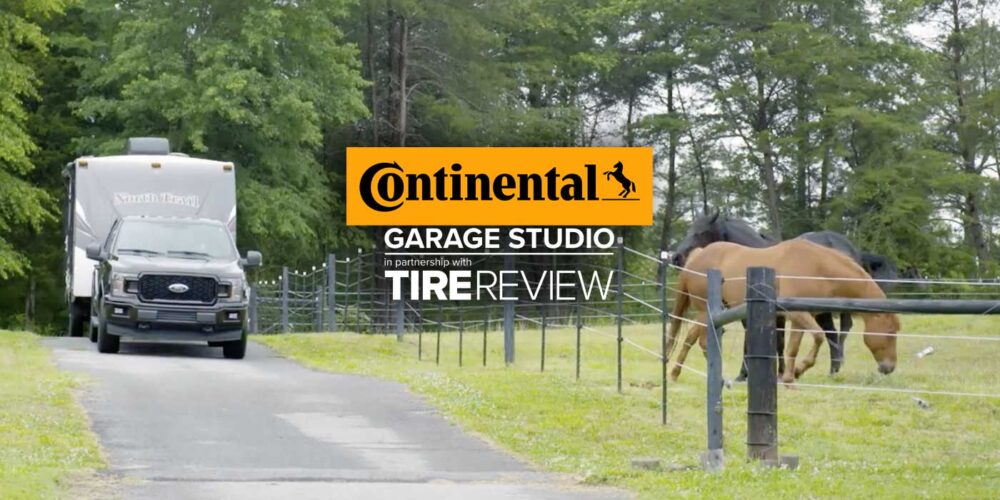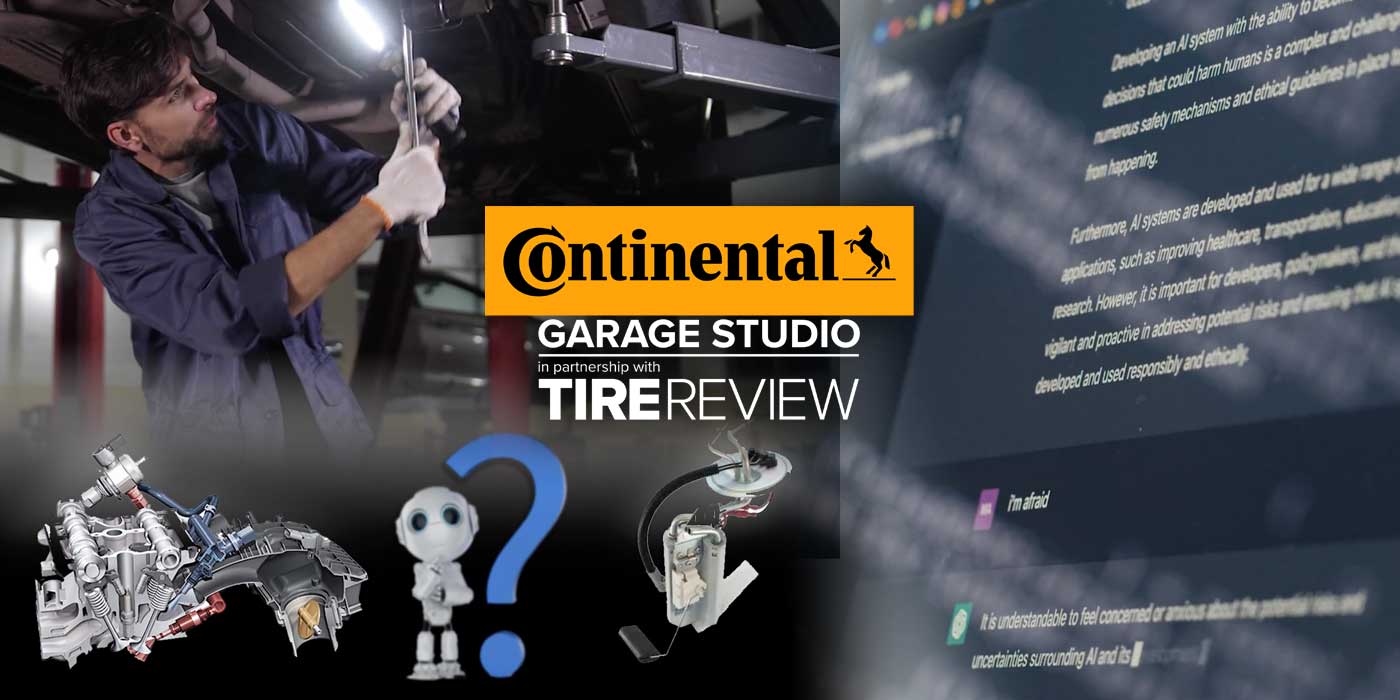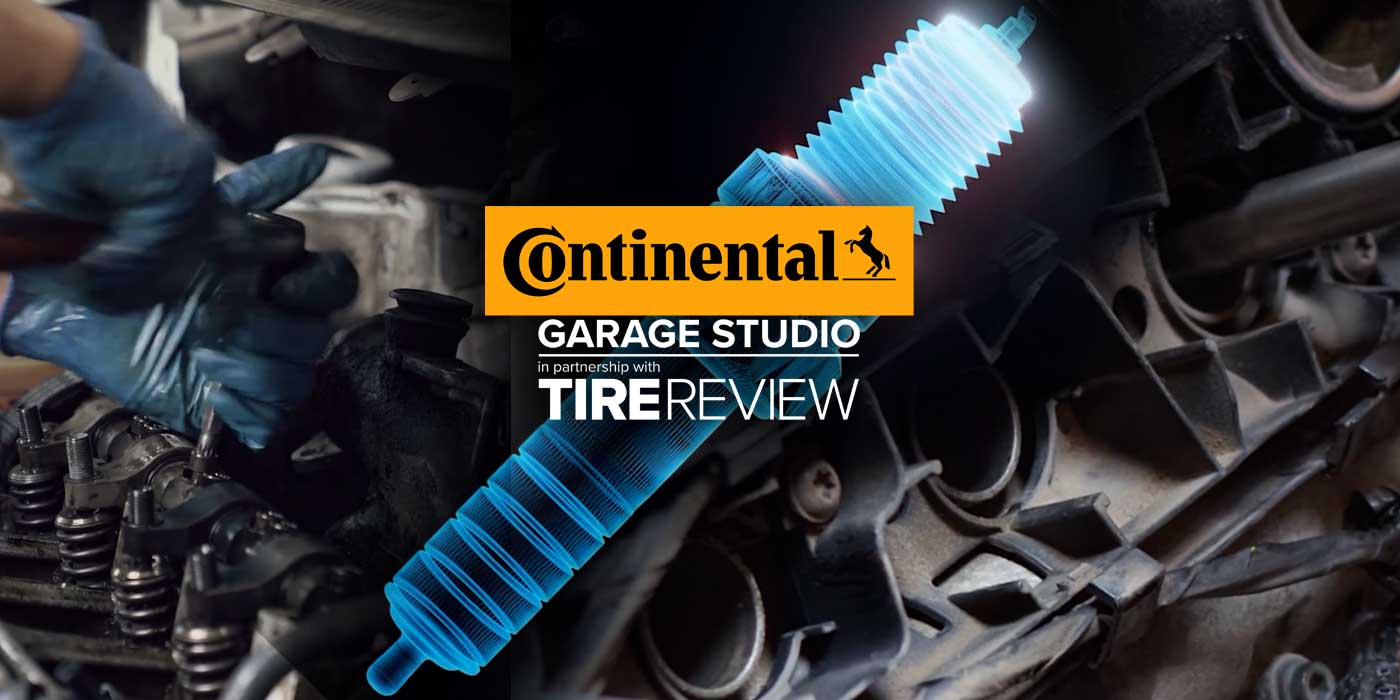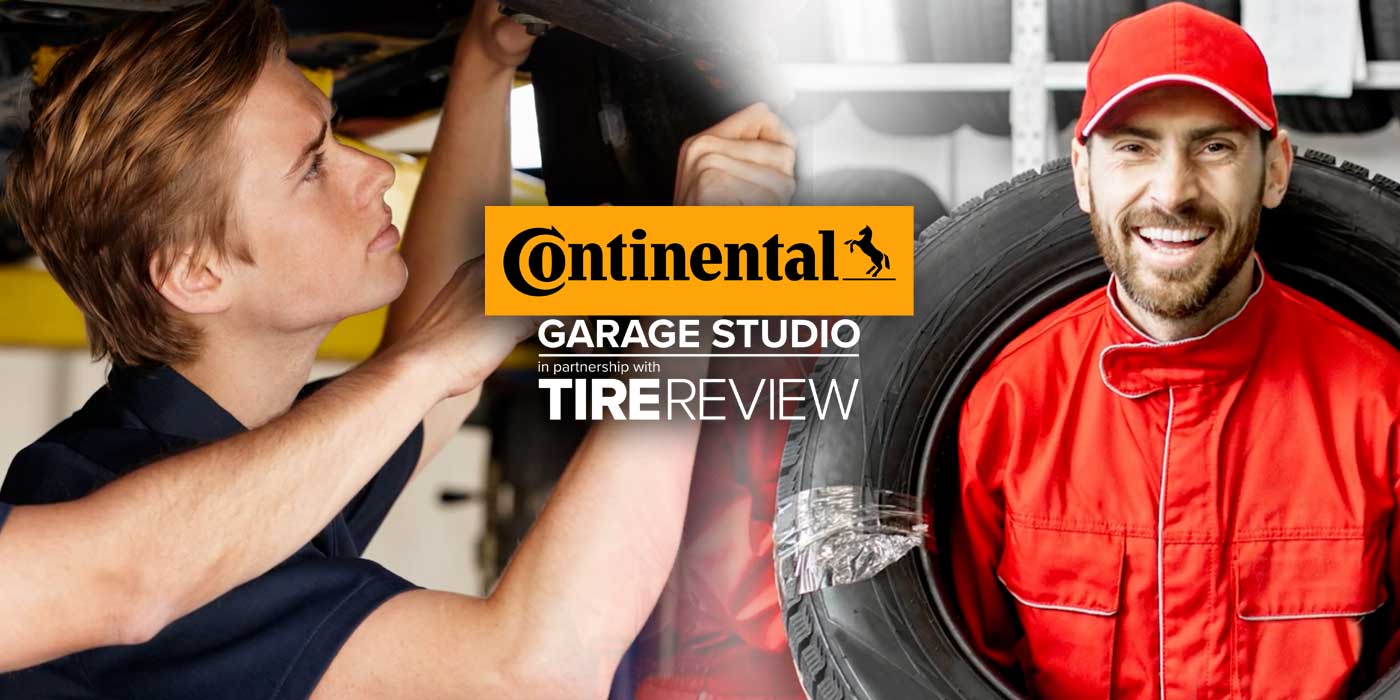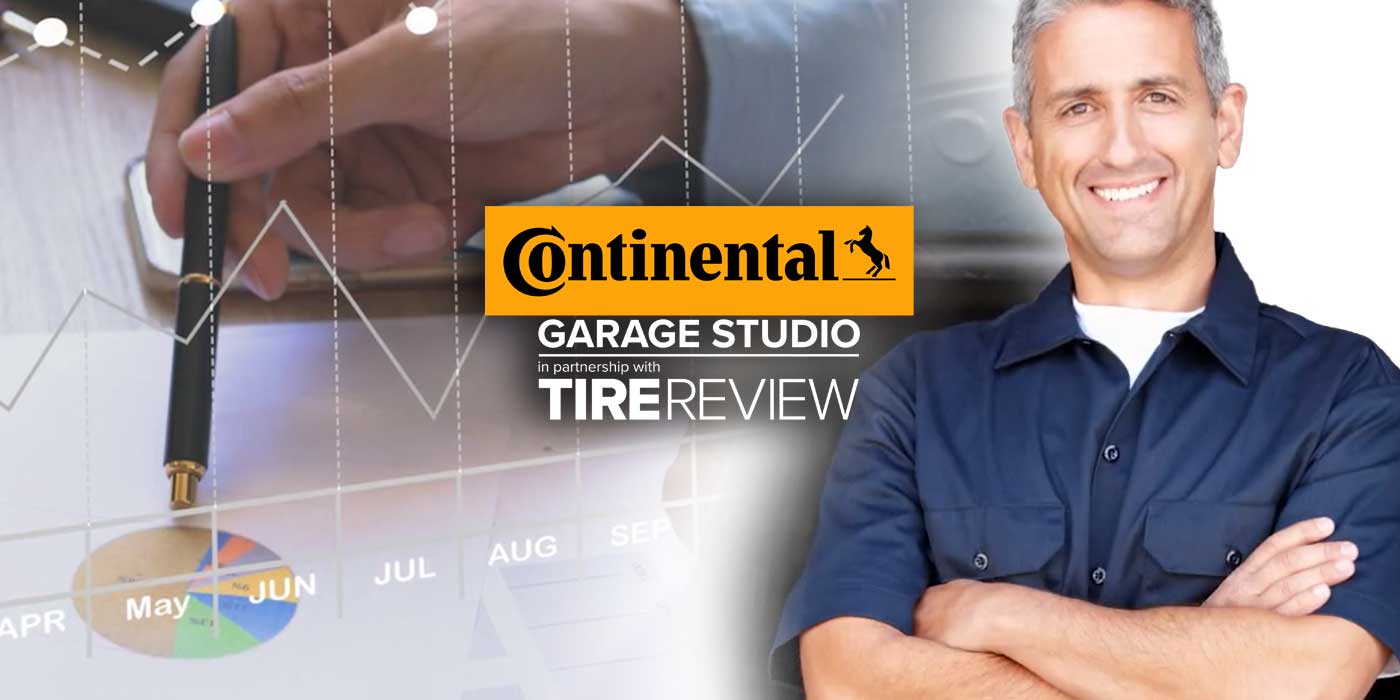Let’s say you have a customer come in with a broken passenger side spring. You write up that the customer needs four struts, two springs and front upper strut mounts. However, they start questioning you about whether there’s a less expensive option, saying, “can I replace just the fronts? Or one side?” You want to please the customer, but you also want to be safe. In this video, we discuss the importance of selling ride control and not backing down when the customer’s safety is at stake.
Click here for more Tire Review Continental Tire Garage Studio videos
You could give the customer what they are asking for to cut costs, but is this always the best option that will keep them safe and satisfied with the work? The answer is no. Replacing just the front struts would make the vehicle unstable, and replacing one side would make the car unsafe and impossible to align.
If you don’t replace the front and rear struts, the customer will likely be unsatisfied because the steering will pull or they could have uneven tire wear in a month. Or worse, they could lose control of the vehicle.
Sure, you don’t want a customer to walk out of the shop if you give them an estimate they don’t like, but safety is a top priority, which is why the work needs to be done properly. It’s important to explain this to the customer and let them know that fully taking care of the problem now will save them trouble and money in the long run.
Let’s talk a little more about how shocks, struts and springs work together. They do not operate independently. The condition of one corner of the suspension affects all corners of a vehicle when driving straight or cornering.
This may be less noticeable at slower speeds, but it still happens. When driving at higher speeds, not being able to control the movement of the suspension and the body in one corner can change the contact patch, or the area of a tire’s tread that touches when pressed against a surface, for all the corners.
And during a panic situation, an unbalanced suspension with worn ride control can alter the tire’s contact patch to the point where the vehicle oversteers, understeers or can’t stop.
So, the moral of the story is, politely tell the customer what work needs to be done and why. Emphasize that you’re ensuring the safety of the vehicle and the driver.






